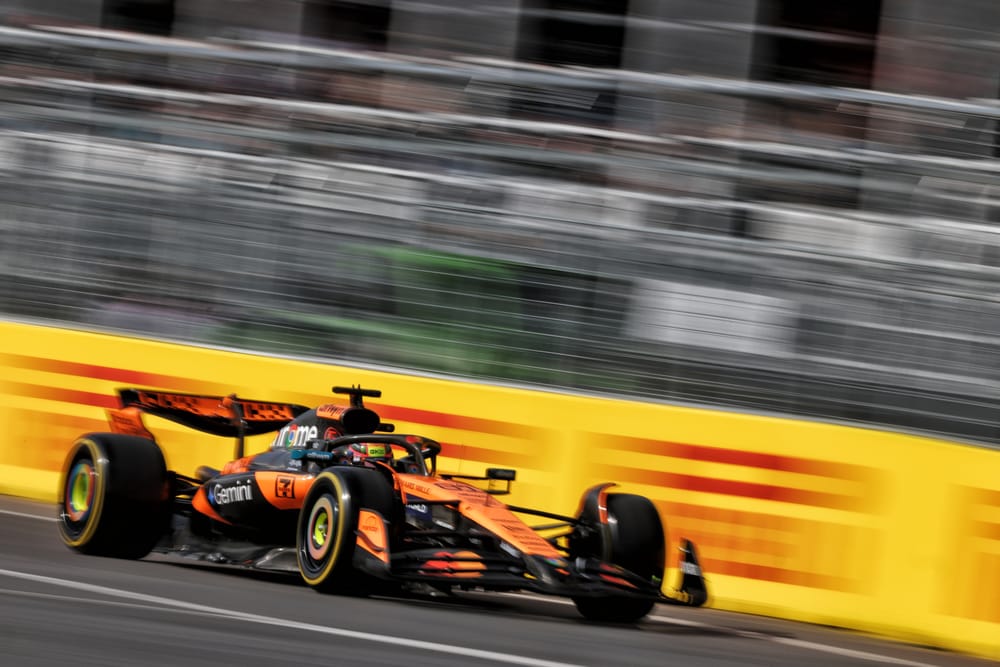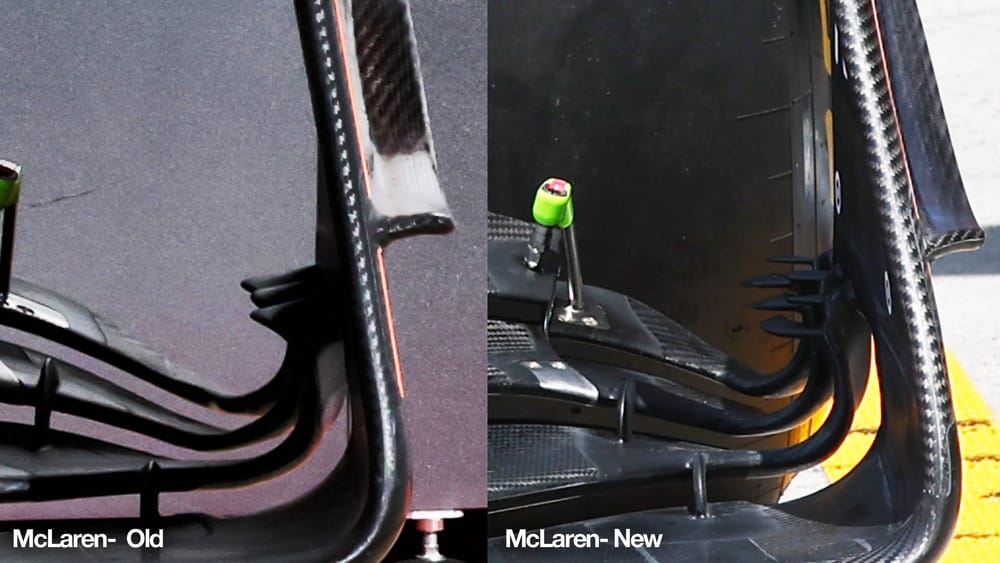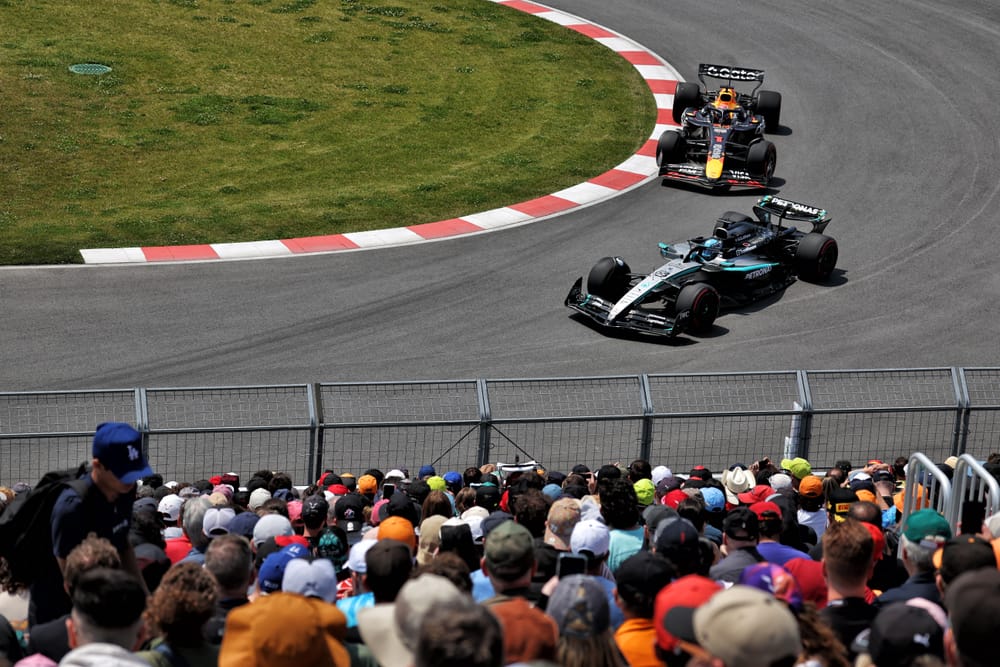Formula 1 teams are bracing themselves for the exact tyre management headache in the Canadian Grand Prix that is McLaren’s Achilles heel.
In a season where McLaren’s advantage has been in having a better handle on keeping tyre temperatures under control, the race in Montreal is on course to deliver a completely different challenge.
The cooler-than-normal temperatures, smooth track surface, corner configuration and softer compounds brought by Pirelli are already pointing to race day being all about keeping a lid on rear graining.
This phenomenon, where rubber on the tyre gets bunched up into balls as a consequence of the surface being hotter than the carcass, triggers a loss of grip, more sliding and increased wear.
It is something that McLaren has historically not been so good at dealing with.
Pirelli’s chief engineer Simone Berra suggests that, based on what was seen during Friday running at the Circuit Gilles Villeneuve, graining will become the big talking point on Sunday.
“We have seen that the graining level is quite high, which is quite normal for this circuit,” he said. “This will be the key for Sunday, for the race, because the graining level is affecting the degradation.
“The higher the graining level, the higher the wear rate, and the higher the degradation - especially if it is coming from the rear axle.
“If you have graining on the front, you can manage. But on the rear axle it is a little bit trickier, and you can reach a sort of cliff edge with the compound if you don't manage properly the rear on traction phase.”
Good for Mercedes, bad for McLaren
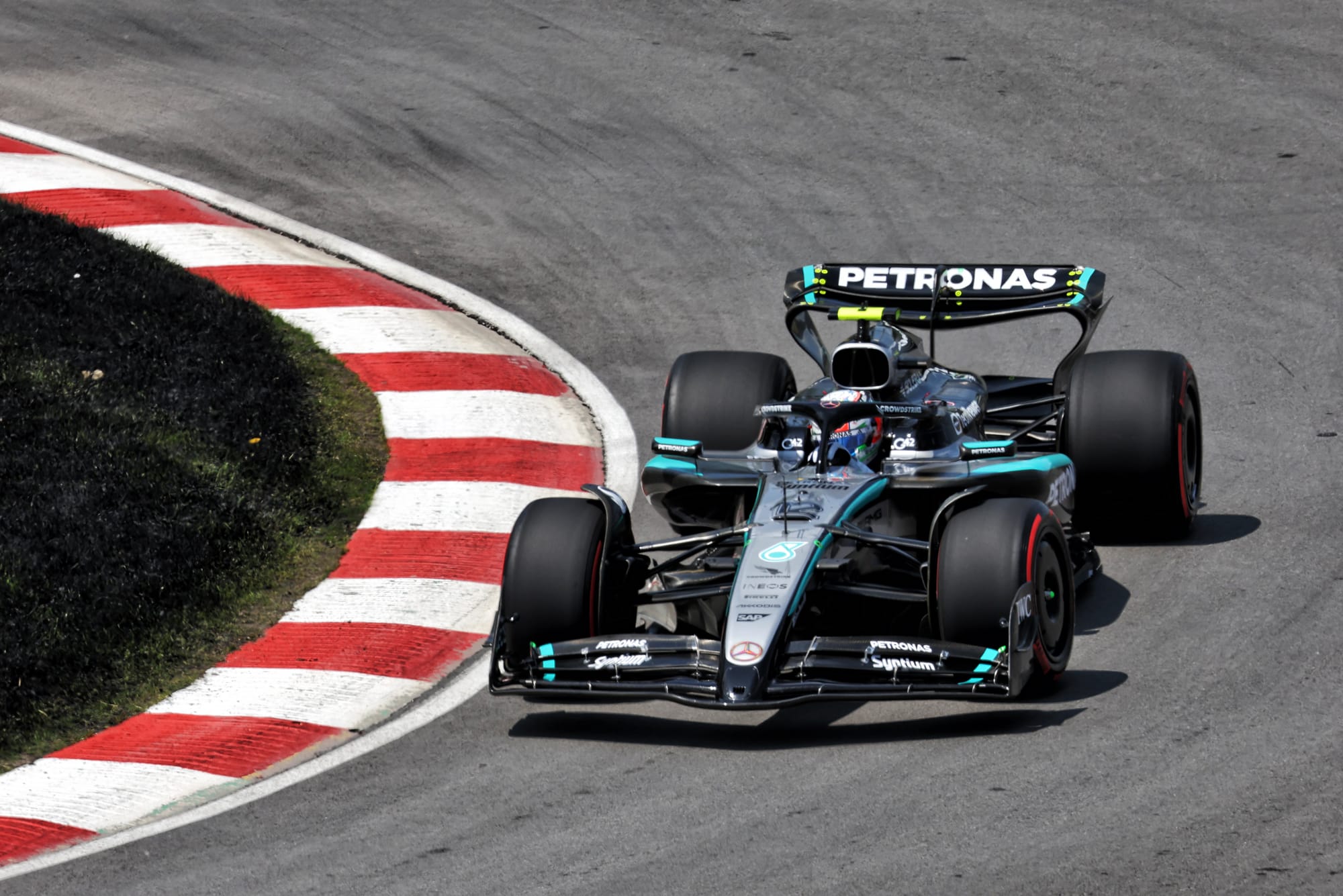
The prospect of tyre graining and a management strategy that does not involve keeping temperatures down is especially good news for Mercedes.
The Brackley-based squad knows that its pace relative to others falls away when temperatures go up. On the flip side, when things cool down – and the challenge is keeping on top of graining – it can fly.
That was the story from last year’s Las Vegas Grand Prix where, for reasons that it still cannot fully explain, it was in a class of its own.
So all these elements coming together has left the team fairly upbeat that the form it showed on Friday, as George Russell led practice, can be carried forward.
As Russell said: “We had higher expectations coming into this weekend because of cooler conditions. The track's also quite smooth so the tyres naturally run quite cold, and we know our weakness.
“When it's hot we struggle, when it's cold, the tyres run cold, and we're pretty competitive."
McLaren had come into the Canadian GP openly expecting Mercedes to be the team to beat – based on its previous strong form here.
And the squad saw nothing through Friday practice in Montreal that has changed its opinion of that, with Lando Norris claiming it had been the most difficult start to a weekend so far this season.
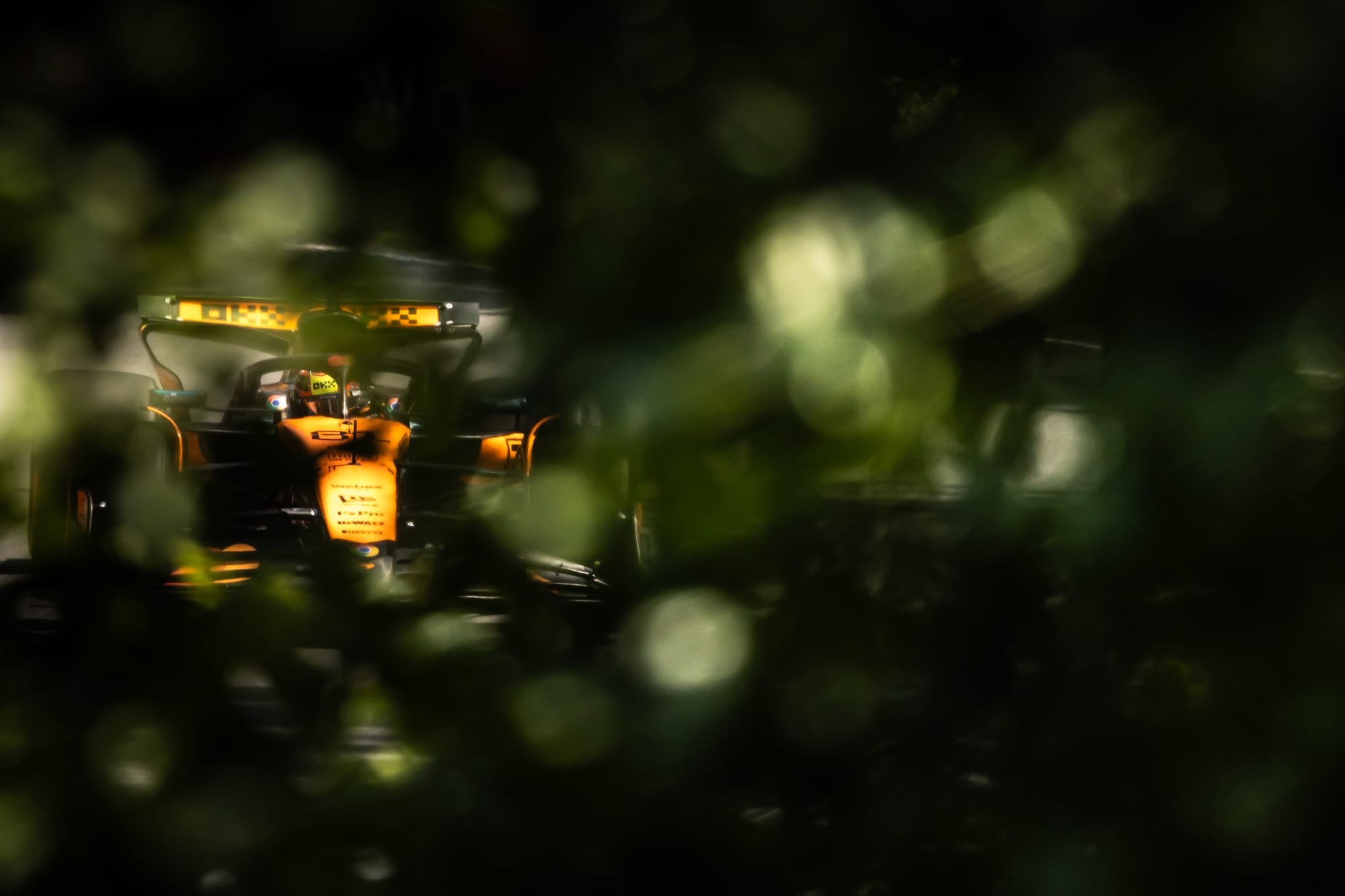
This came despite McLaren testing out a new front suspension configuration that is aimed at helping improve the feel of the MCL39 for its drivers.
Reflecting on the Friday running, Norris said: “I think we need to get the car in a better place. It's been our most difficult [Friday], and everyone's in the same boat on the track.
“The track's difficult, but it's definitely been our worst Friday of the year I would say so far. Maybe not worst in terms of pace, but just most difficult to put together and most tricky. We're not miles away, we just need to make it a little it easier to drive.”
Key to how things shake out, and just how bad the graining will be, will be the level of track evolution and how warm race day is in Montreal.
The warmer it gets, the less graining there should be – but there seems little prospect of it disappearing entirely.
The C6 complication
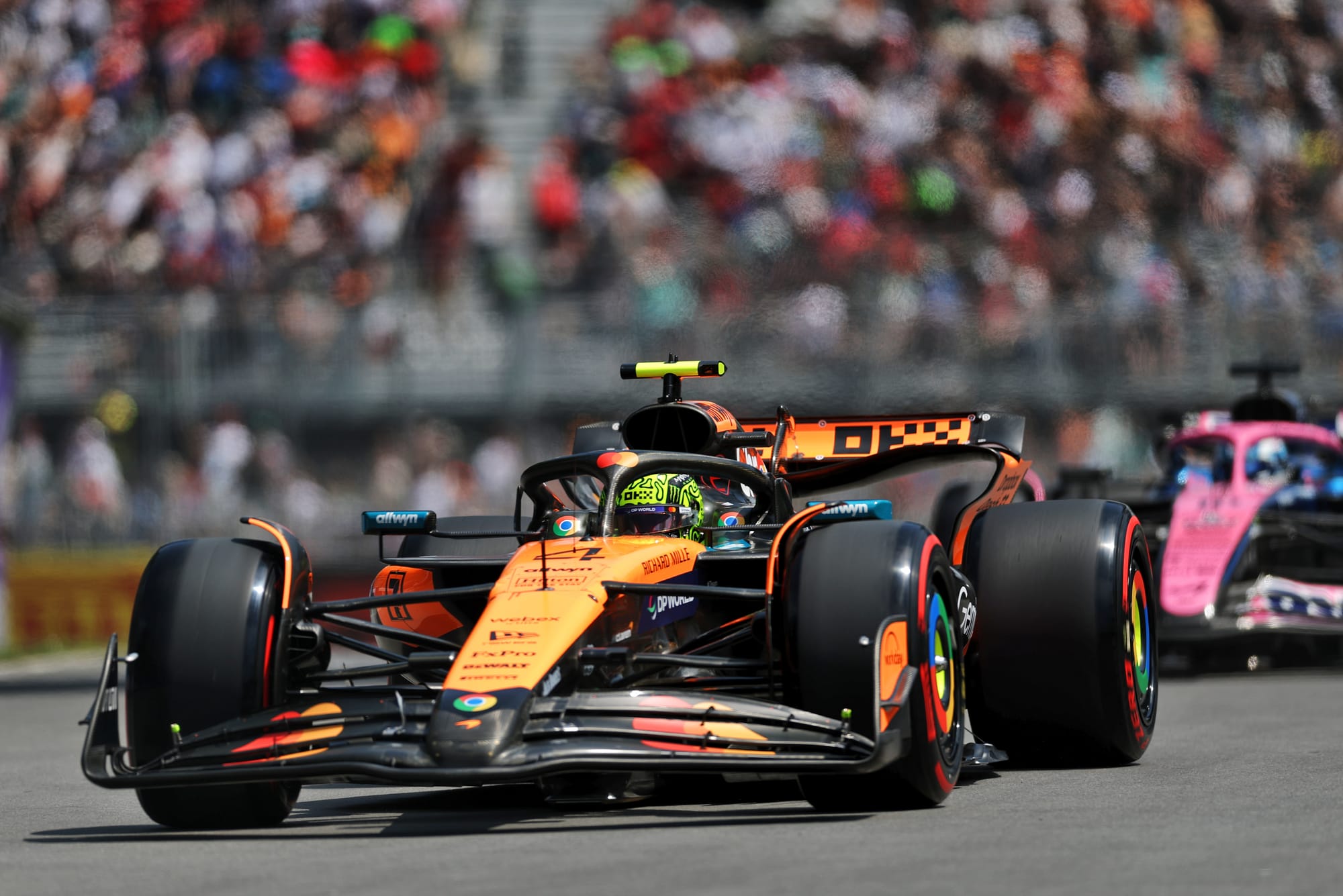
As well as trying to plot their way through some potential graining headaches, F1 teams also need to be decisive in terms of attacking their tyre strategies through qualifying and the race, thanks to the return of the C6 compound this weekend.
The softest choice in Pirelli's range has proved quite challenging for teams to extract the best pace from when it appeared in Imola and Monaco.
Some teams even felt the medium C5 compound was actually quicker over a single lap.
That has opened the door again for teams to ponder which is the right route here – especially with Russell’s best time from Friday being set on the medium.
Russell said: “Clearly, a number of teams are thinking about this medium tyre so come qualifying, do you go on the soft, or do you go on the medium?”
However, with the Canadian GP looking on course to deliver a two-stop strategy (medium/hard/hard the most likely route but medium/hard/medium also possible), and potentially even turn into a three-stopper if graining is bad, teams will not want to leave themselves short of the best race compounds come Sunday so will likely avoid burning them up in qualifying.
Based on the number of sets available after second free practice, teams are clearly locking themselves in to preserve mediums and hards.
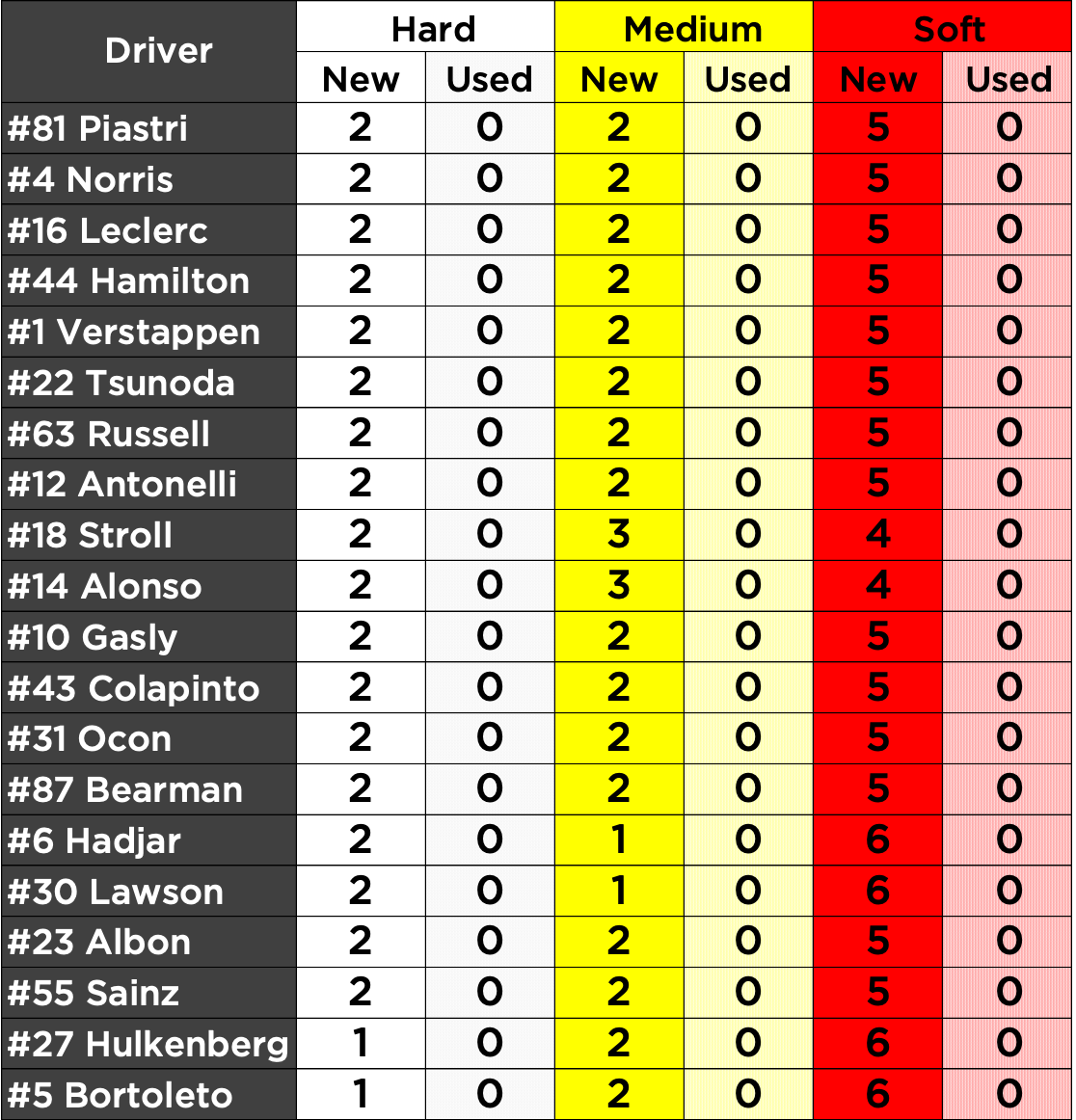
This means even though the pace difference between the C5 and the C6 is not much, teams will most likely prefer to use the softer tyres throughout qualifying.
As Berra explained: “There is a slight step in grip on the C6, but the C6 is offering a little bit less confidence in terms of support and kerb riding. So they are pretty close.
“However, if you are preparing properly, it provides you with a one-tenth faster lap time compared to the C5. It is not so much, but considering that the grid is pretty close, one tenth can make a difference.”
The C6 pace appears to be helped by the fact that it does not overheat for the final stages of the lap, thanks in part to the long straight prior to the last chicane that helps cool it down.


